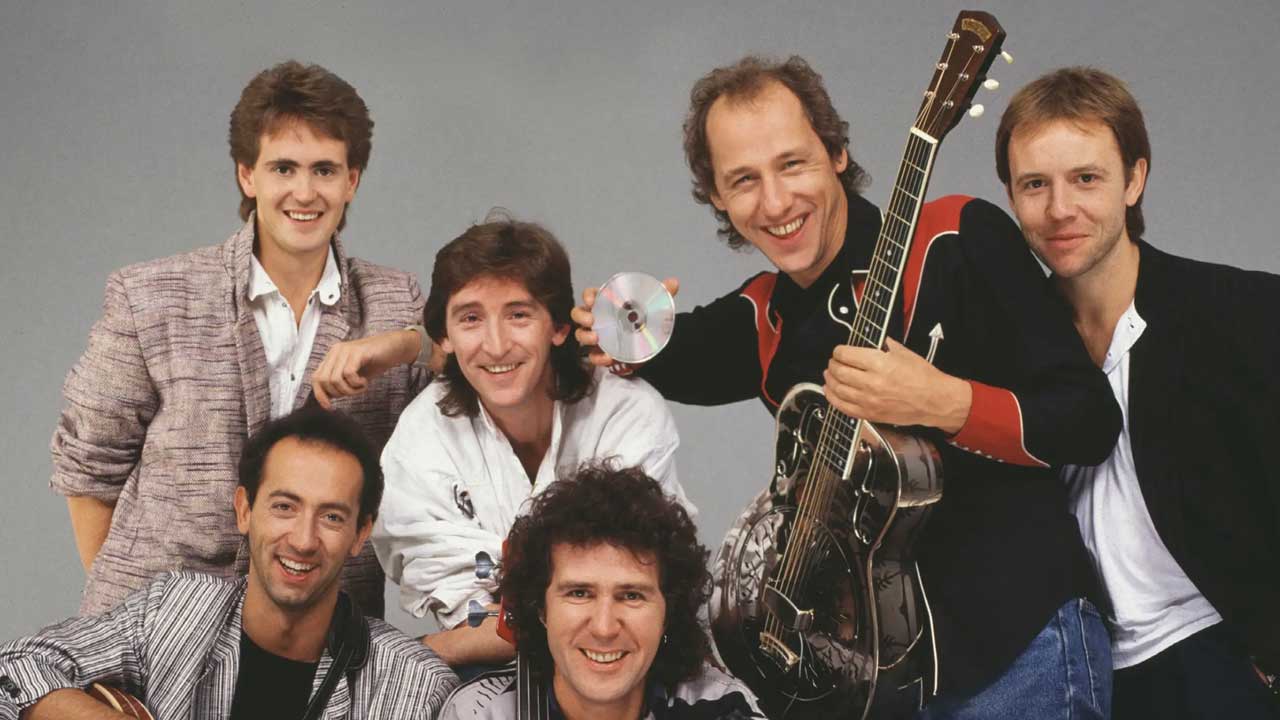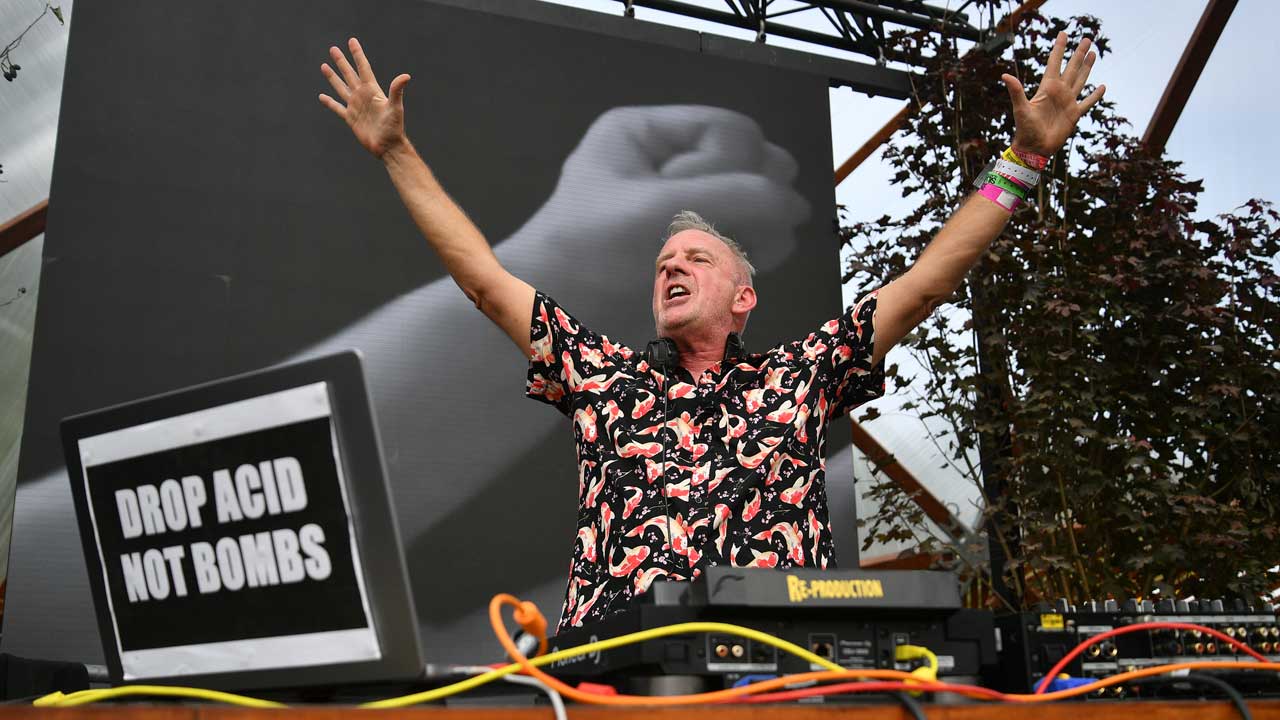Still outselling vinyl: A beginner's guide to the rise, fall and surprising longevity of the CD
Think CDs are dead? Last year 6.7 million vinyl albums and 10.5 million CDs were sold in the UK

The compact disc was the go-to format for most music fans for decades. Launched in 1982, it rose to dominance in 1988 when it overtook vinyl sales for the first time.
From there, CD was king for over a decade, continuing its dominance near undisputed until 2002, when we first saw streaming services start to nip at its lead. Even then, it took many more years for streaming to claim the top spot, with the Recording Industry Association of America (RIAA) reporting that Spotify and co. didn’t dethrone CDs as music’s top seller until 2014.
Looking back, a key reason for CD’s growth came in 1985 when Dire Straits released their album Brothers In Arms. It was the first CD to break one million sales,and a key album that opened listeners up to the benefits of CDs.
At a technical level, CD was the first mass-market audio format to capture a whole album’s worth of music without the need for A and B sides. On average, a CD can take 74 minutes of music, while one side of a vinyl record can store only around 20 minutes’ worth. CD players were also much easier to use, making them more alluring for general music fans.
There was also the advantage over vinyl records’ delicate nature, and having to make sure to get things including tracking force and RPM right. If you didn’t, you risked getting poor quality reproduction, jumpy playback, or even potentially damaging your LP. With a CD you just plonk the disc in your player and press ‘Play’.
On top of that, the newer format brought simple quality-of-life improvements, including being able to skip tracks with the push of a button and – from 1993, when recordable-CD technology became cheaper and more widely available – the ability to ‘burn’ your own CDs and make ‘mix tapes’ of your favourite songs.
That’s not to mention the sonic improvements, with CDs introducing digital recording and offering a wider potential dynamic range than rival formats. In fact the quality remains solid, but not top-tier, to this day.
Sign up below to get the latest from Classic Rock, plus exclusive special offers, direct to your inbox!
If you’re listening to music on a streaming service such as Spotify, you’re getting lower than CD quality. Which is why Neil Young famously said listening to music on the service means you’re only listening to “part” of what he recorded.
So why didn’t CDs’ reign as the top format last if it is in many ways better than Spotify? And why hasn’t it enjoyed the same resurgence as vinyl in recent years?
On the latter question, for those that missed it, vinyl sales have been on the up for years. CD sales have been generally in decline or flat by comparison. This was especially true in 2024 when, according to the Digital Entertainment and Retail Association (ERA), vinyl sales grew by 10.5 per cent, with 6.7 million records sold in the UK. A flat 10.5 million albums were bought on CD during the same period.
Answering why CD is not growing like vinyl is tricky, especially among audiophiles. At a quality level, many hi-fi enthusiasts argue that vinyl’s analogue nature gives it a warmth and added “authenticity” that CDs can’t match. So the debate about which is better is still very much raging.
At a practical level, many of the record shop owners and fans we speak to are also quick to highlight the intangible benefits vinyl brings as a reason for its renewed popularity. These include the community at record shops, many of which double as trendy bars and coffee joints these days, and special-edition treats such as custom artwork and bundled pullouts. This makes a lot of sense considering modern artists’ renewed interest in vinyl.
If you look at sales numbers it’s actually new artists selling special-edition vinyl versions of their albums with these extras that are drawing the most attention. Taylor Swift, Chappel Roan, Sabrina Carpenter and Fontaines DC account for four out of the five best-selling records from 2024, according to the Official Charts Company/BPI.
The only ‘older’ band to make it in was Oasis, who had a spike in sales of their 1994 album Definitely Maybe. And that’s a far cry from the traditional old guard – Fleetwood Mac, Pink Floyd etc – who dominated vinyl sales just a decade ago. This points to reasons beyond pure audio quality and ease of use as a driving force for vinyl’s growth. Maybe it’s people wanting to own the music, rather than just stream it. Maybe it’s pure fandom.
Whatever it is, we know it’s not audio quality, which is one of CD’s only really strong advantages over Spotify streaming in the current world. For fans of physical media, if it was, then SACD – Sony and Philips’s short-lived attempt in the 1990s to replace the CD with something even better – would now be the world’s leading physical media. Conversely, Apple Music, Amazon Music, Tidal or Quobuz, which all offer higher-than-CD quality streams, would be dominating streaming, not Spotify.
Regardless of the answer, the CD is still healthy, and the fact that sales are holding steady is an achievement in itself, considering the dire straits it was in a decade ago when sales were plummeting year-on-year. This, plus artists’ willingness to continue releasing music on CD, including special editions, for fans of the format, suggests that CDs won’t be going away any time soon.
Read more
- Best CD players: Rediscover the OG of digital music with our pick of sharp-sounding players
- Best portable CD players: Revive your CD library with these powerful compact players
Alastair is What Hi-Fi?’s editor in chief. He has well over a decade’s experience as a journalist working in both B2C and B2B press. During this time he’s covered everything from the launch of the first Amazon Echo to government cyber security policy. Prior to joining What Hi-Fi? he served as Trusted Reviews’ editor-in-chief. Outside of tech, he has a Masters from King’s College London in Ethics and the Philosophy of Religion, is an enthusiastic, but untalented, guitar player and runs a webcomic in his spare time.
You must confirm your public display name before commenting
Please logout and then login again, you will then be prompted to enter your display name.

